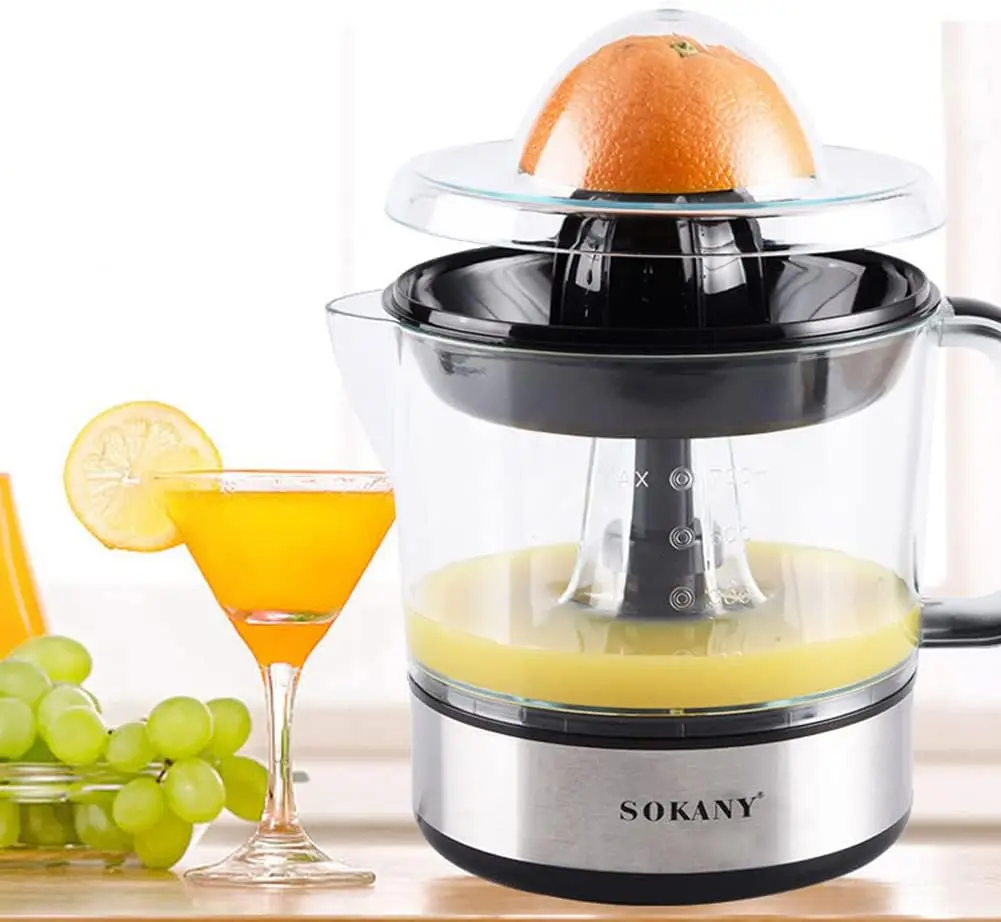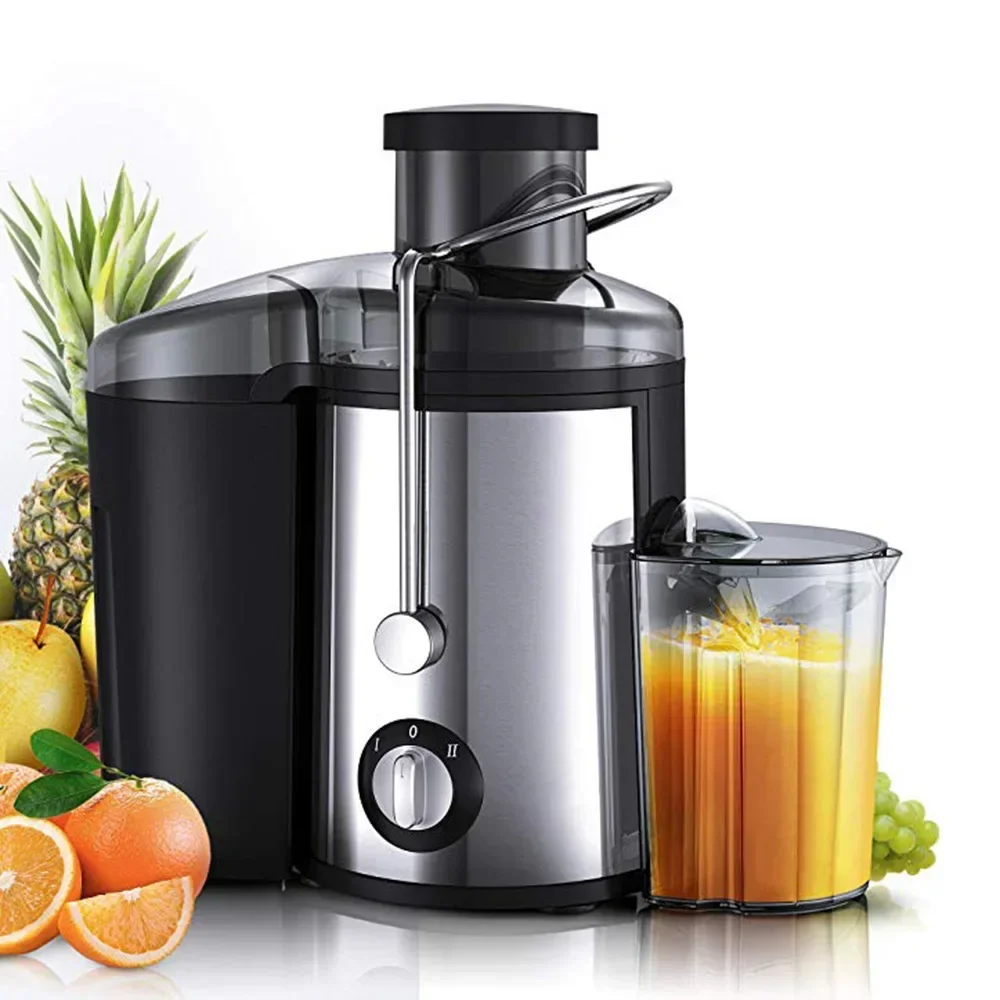
Introduction
Juicing has become a popular trend as individuals seek to incorporate more fruits and vegetables into their diets. When it comes to oranges, many people wonder whether it is possible or advisable to put whole oranges in a juicer. In this guide, we will explore the possibilities and considerations of juicing whole oranges, providing specific information on the benefits, challenges, and techniques associated with juicing whole oranges.

Can you put whole oranges in juicer?
The Benefits of Juicing Whole Oranges
1.1. Nutrient-Rich Juice
Juicing whole oranges allows you to obtain the maximum amount of nutrients from the fruit. Oranges are renowned for their high vitamin C content, and including the peel in the juicing process can provide additional nutritional benefits. The peel contains essential oils, fiber, and flavonoids, which contribute to the overall nutrient profile of the juice.
1.2. Enhanced Flavor
Juicing whole oranges encompasses the natural flavors of the fruit, including the balance of sweet and tangy notes. The inclusion of the peel can add complexity to the flavor profile, providing hints of bitterness and aromatic elements.
1.3. Convenience and Efficiency
Juicing whole oranges can be a time-efficient method, as it eliminates the need for peeling and segmenting the fruit before juicing. This can save preparation time and make the juicing process more convenient, especially when juicing larger quantities of oranges.

Considerations for Juicing Whole Oranges
2.1. Texture and Pulp
Including the entire orange in the juicing process may result in a juice with a thicker texture and a higher pulp content. Some individuals enjoy the added texture and fiber, while others may prefer a smoother consistency. For those who desire a pulp-free juice, additional steps may be required, such as straining the juice after extraction.
2.2. Bitterness and Astringency
The peel of an orange contains bitter compounds and may contribute to a more bitter or astringent taste in the juice. While some individuals appreciate the complexity it adds to the flavor, others may find it less palatable. Personal taste preferences will determine whether juicing whole oranges, including the peel, is enjoyable.
2.3. Sensitivity to Compounds
Some individuals may experience sensitivity or allergic reactions to certain compounds present in the orange peel, such as essential oils or flavonoids. It is important to consider personal allergies, sensitivities, or digestive issues when deciding to include the peel in orange juice.
Techniques for Juicing Whole Oranges
3.1. Citrus Juicers
Citrus juicers are specifically designed for efficiently extracting juice from fruits like oranges. These juicers are equipped with a reamer or cone that squeezes the juice out of the fruit while separating the seeds and catching the pulp. Citrus juicers are particularly useful when juicing large quantities of oranges as they are specially designed to extract juice from citrus fruits.
3.2. High-Speed Blenders
High-speed blenders, such as those with powerful motors and blending blades, can also be used to juice whole oranges. The blender breaks down the fruit, including the peel, into a smooth consistency. When using a blender, it is necessary to strain the juice to remove any remaining pulp or fibers.
3.3. Manual Methods
For those without access to a juicer or blender, manual methods can be employed to juice whole oranges. Handheld citrus juicers or reamers can effectively squeeze the juice from the fruit with minimal effort. Simply cut the orange in half, place it on the juicer, and apply pressure while rotating to extract the juice.

Lining the Peel
4.1. Organic versus Non-organic Oranges
It is important to consider the source of the oranges when juicing the peel. Non-organic oranges are often treated with pesticides and other chemicals. If using the peel, opt for organic oranges to minimize exposure to potentially harmful substances.
4.2. Proper Cleaning and Preparation
To ensure the safety and cleanliness of the oranges, thoroughly wash the fruit with water before juicing. This helps remove any surface dirt, debris, or residual pesticides. Alternatively, using a food-safe produce cleaner can provide an extra level of cleanliness.
Personal Preferences and Taste Profiles
5.1. Experimentation and Taste Testing
Juicing whole oranges, including the peel, is a personal choice and largely depends on individual preferences. Experiment with different methods and variations to find the combination that suits your taste profile. Adjust the amount of peel used or the ratio of peeled oranges to whole oranges to achieve the desired flavor.
5.2. Balancing Sweetness and Bitterness
Balancing the sweetness and bitterness of the juice is a crucial aspect of enjoying juiced whole oranges. Adjust the ratio of peeled oranges to whole oranges to achieve the desired sweetness while minimizing the potential bitterness from the peel.
Variations and Combinations
7.1. Mixing with Other Fruits or Vegetables
Juicing whole oranges can serve as an excellent base for creating flavorful combinations with other fruits or vegetables. Experiment with adding ingredients such as carrots, ginger, apples, or strawberries to enhance the taste and nutritional profile of the juice. These combinations can provide a wide range of health benefits and add complexity to the flavor profile.
7.2. Refreshing Blends and Smoothies
Juiced whole oranges can be used as a refreshing ingredient in blended beverages or smoothies. Combine the juice with other fruits, yogurt, or ice to create a delicious and nutritious drink. The inclusion of whole oranges adds a bright citrus flavor that pairs well with various ingredients.

Maximizing Nutritional Value
8.1. Consuming Juice Immediately
To obtain the maximum nutritional value from juiced whole oranges, it is advisable to consume the juice immediately after preparation. Exposure to air and light can cause the juice to lose some of its nutrients over time.
8.2. Cold Pressed Juicing
If preserving the nutritional value is a priority, consider using a cold-pressed juicer. Cold-pressed juicers operate at lower speeds, minimizing heat generation and oxidation. This gentle extraction process helps retain more of the nutrients and enzymes present in the juice.

Conclusion
Juicing whole oranges offers a range of possibilities and considerations. It allows individuals to maximize the nutritional benefits by capturing the entire fruit, including the peel. The natural flavors, enhanced fiber content, and convenience of incorporating whole oranges into the juicing process attract many people. However, personal preferences, including texture, pulp content, and taste profile, should be taken into account when deciding whether juicing whole oranges is suitable. Techniques such as using citrus juicers, high-speed blenders, or manual methods can be employed to extract the juice. It is crucial to properly clean the oranges and, if using the peel, to source organic fruit to minimize exposure to pesticides. By considering personal preferences, experimenting with variations, and adjusting ratios, individuals can enjoy the benefits and unique flavors that juicing whole oranges has to offer.





